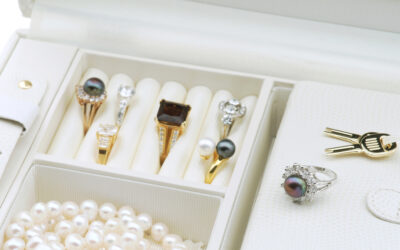When it comes to your belongings, not every item can take a licking and keep on ticking. Some of your possessions, such as dishes, mirrors, pictures, vases and antiques, easily can be broken when you’re moving or storing them if you don’t take special precautions.
To make sure your most fragile belongings are in the same condition when you’re ready to use them again, stock up on these five materials.
1. The Right Boxes
If you want to keep your most fragile items safe, size does matter. A few small breakable items could be crushed in a large box that is overloaded. Likewise, if you have a valuable large item such as a TV or other electronics, you want to make sure your box is a tad larger than the item itself.
If possible, get boxes designed for the fragile items you’re trying to move. For example, the box your TV originally came in would be ideal for moving or storing it. Likewise, dish-packing boxes are the perfect size to store your valuable china, plus they’re often made with a sturdier cut of cardboard than other boxes.
Need a storage unit? Find one on SpareFoot.com.
2. Protective Padding
If a box is too empty, your possessions will move around inside and possibly break. Bubble wrap, Styrofoam padding and Polystyrene filler all serve the purpose of preventing fragile items from shifting inside a box.
If you don’t have those products on hand, get creative and use towels, pillows, comforters and blankets as top-of-the-box filler, said Stephen Bok, a professional organizer and redesign specialist.
Filling gaps in a box also will prevent the top of the box from sinking in if other boxes are placed on it.
3. Cardboard Dividers
If fragile items such as glassware are simply placed inside of a regular box, they can rub together and break or chip during transport. Boxes that have partitions or cardboard dividers let you store several fragile objects while giving each one room to breathe.
If you don’t want to buy them, you might find boxes with partitions for free at a grocery or liquor store, said Tatiana Knight, owner of professional organizing company Neat with Knight.
4. Tissue Paper or Newsprint
The more padding between your fragile items and your storage containers, the better. Use tissue paper or newsprint to protect bowls, plates, mugs and other dishes. By the way, it’s best to use blank newsprint rather than actual newspaper, as the ink from newspaper can bleed onto your items.
5. Magic Marker
One of the most important things you should do is note which boxes contain fragile items. If you’re moving, you want to differentiate your fragile possessions from everything else. If you’re storing fragile items in a storage unit, you might forget where the breakable the items are.
Not only should you write “fragile” on boxes containing delicate items, but you might even want to go a step further and write “do not cut” on the packing tape to prevent box-cutter damage, Bok said.


